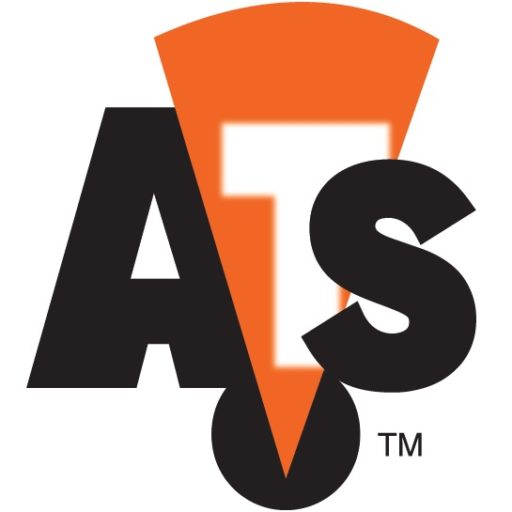Picture this: you are a maintenance manager who is in the planning stages for a new predictive maintenance (PdM) program. Other initiatives like this have failed in the past, but you are determined to change the maintenance culture in your facility. To enable this, you assemble a cross-functional group to establish a list of critical equipment to monitor, determine what technology must be used to monitor the critical machines, create a roadmap for collection and analysis of data, and write guidelines for the scheduling and execution of work orders based on the condition of the monitored equipment. Finally, you present this plan to upper management, who balk at the startup cost for the project. How can you overcome this obstacle and gain the support of your superiors?
An immediate way to address this problem is to reduce the scope of the project. Instead of trying to institute multiple different predictive technologies at once, start with one. For example, start by using ultrasound to do leak detection on the compressed air lines in your facility. If you track the identified leaks, document the severity of the leaks and the repairs to them, you will be able to calculate the return on investment based on energy savings. Showing ROI is a fast track to gaining support from plant management.
You may also be able to reduce the scope of the project by cherry picking the equipment you monitor. For instance, if you plan to use vibration analysis to monitor the condition of the rotating equipment in the plant, start with a smaller group of equipment. Start with the equipment which would cause the largest disruption to production, whether that would be due to safety, environmental, quality, or throughput. Feedback from maintenance personnel on the floor could be vital when picking out a smaller route. The technicians should be able to pick a few “bad apples” which they expect to be in need of repair. If the initial vibration reports are able to confirm the machines are in danger of failing, repairs to the units can be planned, and disasters can be averted. Avoiding failure of critical equipment often equates to avoiding costly downtime. Share these success stories with upper management.
It is the responsibility of every reliability leader to make a business case for any initiatives they plan. By starting small, showing a return on investment, and sharing success stories of averted crises, you can gain the support of the entire organization from the top down.






0 Comments